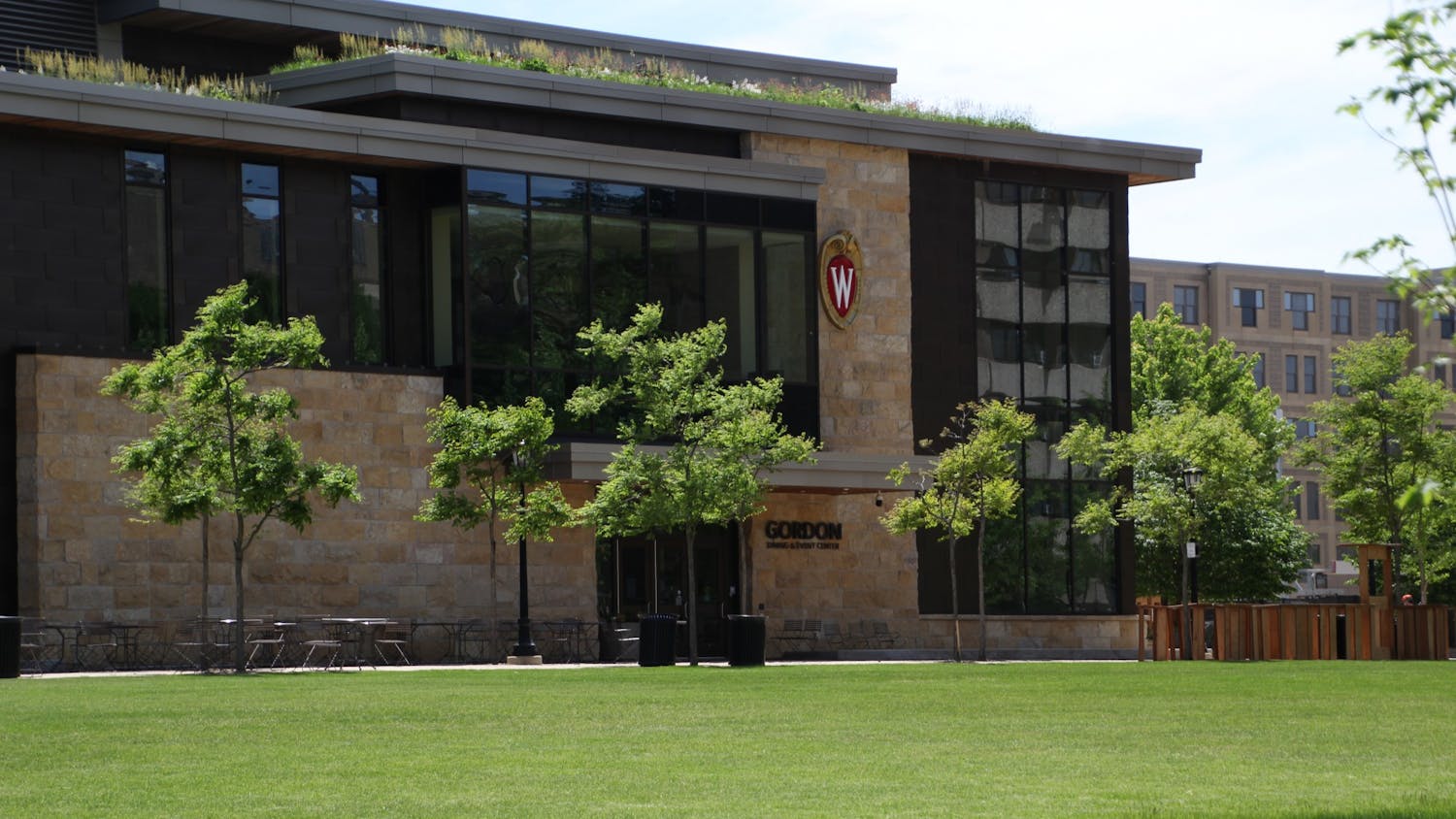There is no doubt that the most universally known, worn and adored clothing of all time is jeans. Their recognizable styles and brands can be found in every corner of the globe.
However, there is also something undoubtedly American about the blue jean. The toddler playing on the coastal sands of Oregon in OshKosh overalls, the rugged cowboy bailing hay down in Texas sporting Levis, the 95-pound model (with an unpronounceable name) strutting down a New York runway in a pair of Marc Jacobs—each screams red, white, and blue (jeans).
The evolution of blue jeans has been relatively simple, although it has also taken a great deal of time—a process that Levis Strauss and Co. historian Lynn Downey explains on the Levi's website. It began when a 24-year-old German immigrant named Levi Strauss moved to San Francisco in 1853 to start a dry goods business. A friend and customer of Strauss' was a tailor named Jacob Davis who brightly thought to put metal rivets at the tension points of the pants he made to prevent ripping.
Since Davis usually bought these rivets from Strauss' wholesale house, he offered Strauss a position as business partner. When the duo finally got their certified ownership of the riveted pants May 20, 1873, the blue jean was officially born.
Levi was smart enough to brand his clothing with his name on the rivet,\ said Amy Jasmer, spokesperson for Levi Strauss. Eventually, two Levi Strauss and Co. factories opened in San Francisco and the original jean was eventually given the trademark number 501.
But it was not until the middle of the 20th Century that jeans found their place in the fashion world. Before then, their most common use was as work pants, and according to Jasmer, it was the ""trouble-makers"" of the '50s who first brought denim into everyday wear. Then, the baby-boomer generation of the '60s introduced blue jeans as a U.S. icon recognizable all over the globe.
""Today the blue jean is one of the single most widely worn clothing items in the world,"" she said.
And the UW-Madison campus is no exception to this trend.
""I love the fact that jeans are so versatile because there's such a large spectrum of how you can wear them,"" UW-Madison freshman Samantha Gillette said. ""You can be comfy and casual in a pair of ripped jeans and flip-flops or more dressy in a high-fashion pair.""
Not only have they grown in popularity over the years, but the jeans-making process itself has also evolved, according to Majid Sarmadi, a professor in the UW-Madison Department of Environment, Textiles and Design.
""Jeans were traditionally made from 100 percent cotton fibers,"" Sarmadi said. ""Nowadays in many cases a blend of cotton, spandex, nylon or polyester is used. The blends are used to eliminate the need for ironing. It also increases wear resistance and comfort.""
He also explained that the more polyester or nylon used, the more durable they will be, and the more spandex used, the softer and more stretchy the jeans will be. Today, a contemporary method of stylizing jeans with different washes is by using a process where the jeans are tumbled along with pebbles soaked in bleach to partially fade desired areas of the jeans. The color of jeans has also expanded beyond blue in the past few decades, so that there are endless possibilities for their appearance.
""The excellent resistance of the jean to wear has made it a legend and a fashion item from workers clothing to casual wear for men and women and children,"" Sarmadi said.
From the looks of it, the mass popularity of jeans is here to stay, especially with designers making their jeans more unique and pricier to stand out among competitors. But whether it is an $18 pair from Wal-Mart or a $260 pair by Seven, jeans are simply a clothing necessity. Gail Brassard, UW-Madison assistant professor of theatre and drama, said, ""They solve a lot of fashion problems, it's just what everybody else wears.""
Gillette would agree.
""Jeans make the outfit,"" she said.
\





